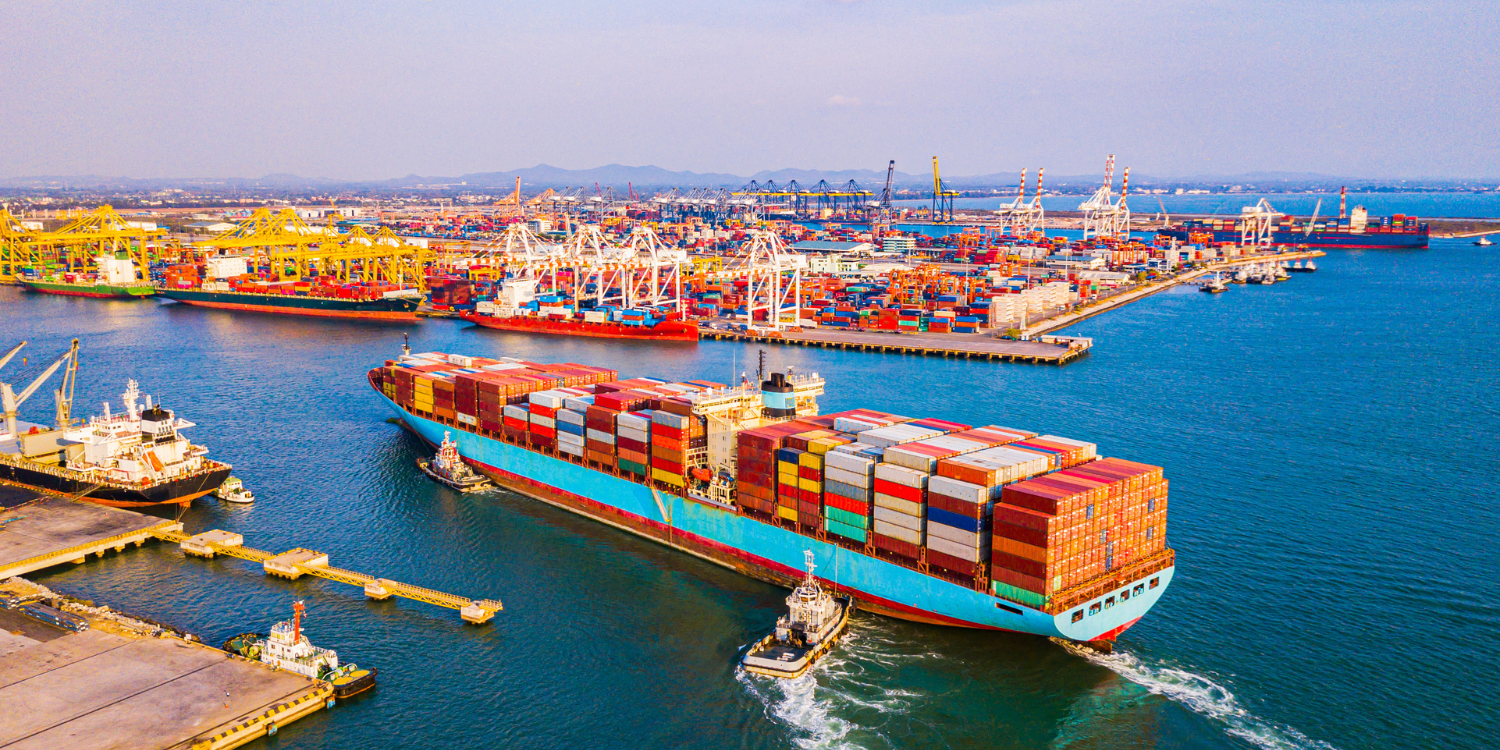- The metal sector and its associated technologies are at a turning point. While European industry accelerates the green and digital transition, companies in the Iberian hub are stepping up their expansion abroad to diversify markets and gain muscle.
- This article reviews the keys to this internationalisation, the most dynamic destinations and the levers that explain why Galicia and the rest of the Peninsula have become a privileged gateway to Europe from third countries.
A European market in profound transformation
The European Union remains the major trading umbrella for the metal sector. In 2023, non-EU exports of machinery and transport equipment exceeded €1 trillion, 40 % of all EU foreign sales, reflecting the strength of the metal sector value chain.
At the same time, Brussels has included steel and metals as strategic industries in its new Steel & Metals Action Plan, recalling that they generate €191 billion in turnover and 300,000 direct jobs in the EU. This EU boost comes in a context of competitive pressure: energy costs, the need for decarbonisation and trade tensions (USA, China and Russia) make it necessary to seek new alliances.
The Iberian Pole: industrial muscle and export vocation
Spain: traction from Galicia
Spain had 812,957 jobs in the metal sector in 2024 (+2.3 % year-on-year). Galicia provides 60,231 workers and represents 19% of the Galician GDP, with 3,478 companies concentrated mainly in A Coruña and Pontevedra.
The foreign balance supports this international projection: Galician exports from the sector amounted to 12,371 M € in 2024 (+4.9%), with France, Turkey and the United Kingdom being the main destinations, and with the automotive sector as the driving force (71% of the total).
Portugal: historical records and sustained growth
Portugal’s neighbour is also stepping on the gas. According to AIMMAP, foreign sales of Metal Portugal reached almost 24,000 M € in 2023, a new record high and 4.9% more than the previous year. Seventy-six percent of these shipments are to EU partners, but diversification towards North America and Africa is becoming increasingly important, making the Vigo-Oporto axis a major export corridor.
Target markets: beyond the EU
Turkey, a preferred partner and Eurasian platform
Turkey has emerged as the second destination for Galician metal exports (€1,256m in 2024) and the main European recipient of iron and steel, with purchases from the EU valued at €6,200m. Conversely, total EU-Turkey bilateral trade reached €210.7 billion in 2024, with a year-on-year growth of 2.6% in EU imports and 0.8% in exports.
Turkish customs offers tariff advantages thanks to the customs union and, for Iberian companies, it acts as a gateway to the Middle East and Central Asia.
The United States and Latin America: opportunities despite uncertainty
The new steel and aluminium tariffs announced by the US in March 2025 add volatility, but also incentivise the search for high-quality, low-emission suppliers. The Iberian industry, with green certifications and capacity for short series, can gain share in these value-added niches. It remains to be seen how the escalating tariffs initiated by the Trump administration, which has announced tariffs of up to 50% on European products, will be resolved, which would have a major impact on the continent’s value chain.
Competitiveness factors of the Iberian Pole
Multi-sectoral specialisation
Automotive, naval, marine energy, renewable energies and aerospace industries coexist in a hub that shares technology, talent and logistics. This diversity means that the peaks of demand in some industries compensate for the economic downturn in others, bringing stability to the external balance.
Atlantic logistics infrastructure
Ports such as Vigo, Leixões or Sines offer ro-ro and container routes to both sides of the Atlantic in less than ten days, reinforcing competitiveness against competitors in northern and central Europe.
Local value chain
Historically in the Galician shipbuilding industry, but also palpable in others such as the automotive industry, the value of having first-rate local suppliers makes this region attractive to manufacturers, as it allows them to reduce costs and boost innovation and competitiveness.
Talent and green transition
Industry is investing in automation, robotic welding, 3D printing and dual training, but demands more qualified profiles. Attracting and retraining talent is emerging as a priority shared by companies and administrations.
Short and medium-term challenges
- Energy costs and decarbonisation: electrification of furnaces and the use of green hydrogen will mark the next decade.
- Geopolitical volatility: sanctions, wars and tariffs require contingency planning and diversified supply chains.
- European regulations (CBAM, eco-design standard, sustainable taxonomy) that force investment in traceability and circularity, but which will also create barriers to entry for competitors with larger carbon footprints.
Conclusion
The European metal sector is going through a cycle of reinvention and, in this context, the Iberian hub has established itself as an industrial and logistics hub between the mature markets of the EU and the surrounding emerging economies. Taking advantage of this window of opportunity means strengthening cross-border cooperation, consolidating the commitment to clean technology and continuing to open doors in third countries that demand quality, flexibility and proximity. Mindtech 2025 will undoubtedly be the perfect showcase to continue promoting this global strategy from Vigo to the world.
